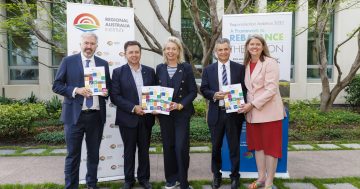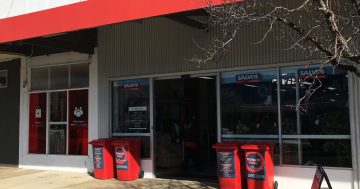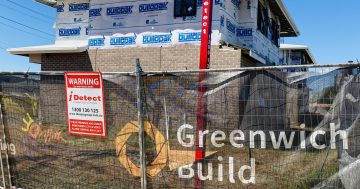
The latest edition of a monthly report has found several Bega Valley suburbs are among the toughest in the state in which to rent. Photo: Bega Valley Shire Council.
The latest edition of a monthly report has found the rental markets in several South Coast areas are among the toughest in the state.
Research consulting firm Suburbtrends focuses on rental markets and releases a monthly report called the Rental Pain Index.
The index is a score between one and 100; a lower score indicates better conditions for renters.
“It’s an aggregate score that looks not just at rental prices and rental price trends, but it also looks at availability,” said Suburbtrends founder Kent Lardner.
“[That means] how many properties are available from the overall rental pool.”
In the September index, Suburbtrends judged 65 per cent of NSW suburbs to be in ‘Extreme Rental Pain’.
This was a slight decrease from the August index, which found 67 per cent of renters were in the category, though Suburbtrends found rental affordability remained strained.
Across the state, average rents increased by 9 per cent and on average 33 per cent of household income was being spent on rent.
While the capital region saw some areas record rental increases over the past 12 months fall below the national average, Mr Lardner said this wasn’t the case everywhere in regional NSW.
At the local level, he described Eden as “one of the worst we’ve got” in NSW, with its Rental Pain Index of 100 and a zero vacancy rate.
“The suburb area of Eden has had a 10 per cent increase in the median rental price over the last 12 months,” said Mr Lardner.
“That’s an aggregate; we’ve measured both houses and units and come up with an average.”
Rental markets in other South Coast areas, such as Merimbula and Tura Beach, were concerning, he said.
The Rental Pain Index also examines local government areas (LGAs) across Australia.
It gave the Bega Valley LGA an index of 85, with a vacancy rate of 1.6 per cent, while the Hilltops LGA recorded an index of 88 and a 0.9 vacancy rate.
Mr Lardner said that while some areas saw some easing in rent increases, many households in Australia were spending more than 30 per cent of their income on rent.
“Anything above 30 per cent is a concern. When you get to that level, that’s pretty much an indicator that people are being displaced,” he said.
“The biggest concern you’ve generally got with regional areas is, where do you go? Where can you afford to move to?
Mr Lardner said the report’s findings were partially explained by people leaving larger cities for regional Australia during and after the COVID-19 pandemic.
“It’s very easy to crowd out these markets. They’re not massive markets, so it doesn’t take a lot of excess population growth,” he said.
“You’ll find a lot of the markets that have got a fairly decent pipeline [of] supply are high density,” he said.
“The infinite urban sprawl obviously has a cost.”
Suburbtrends’ report suggested high prices and limited vacancy rates were found to be continuing to pressure renters across the country.
“Whilst markets can level out and sometimes come back in – in terms of rents – the evidence suggests that’s very unlikely in the short term,” he said.
“I think what we’ll see is more pressure for the next six months, at least.”
















